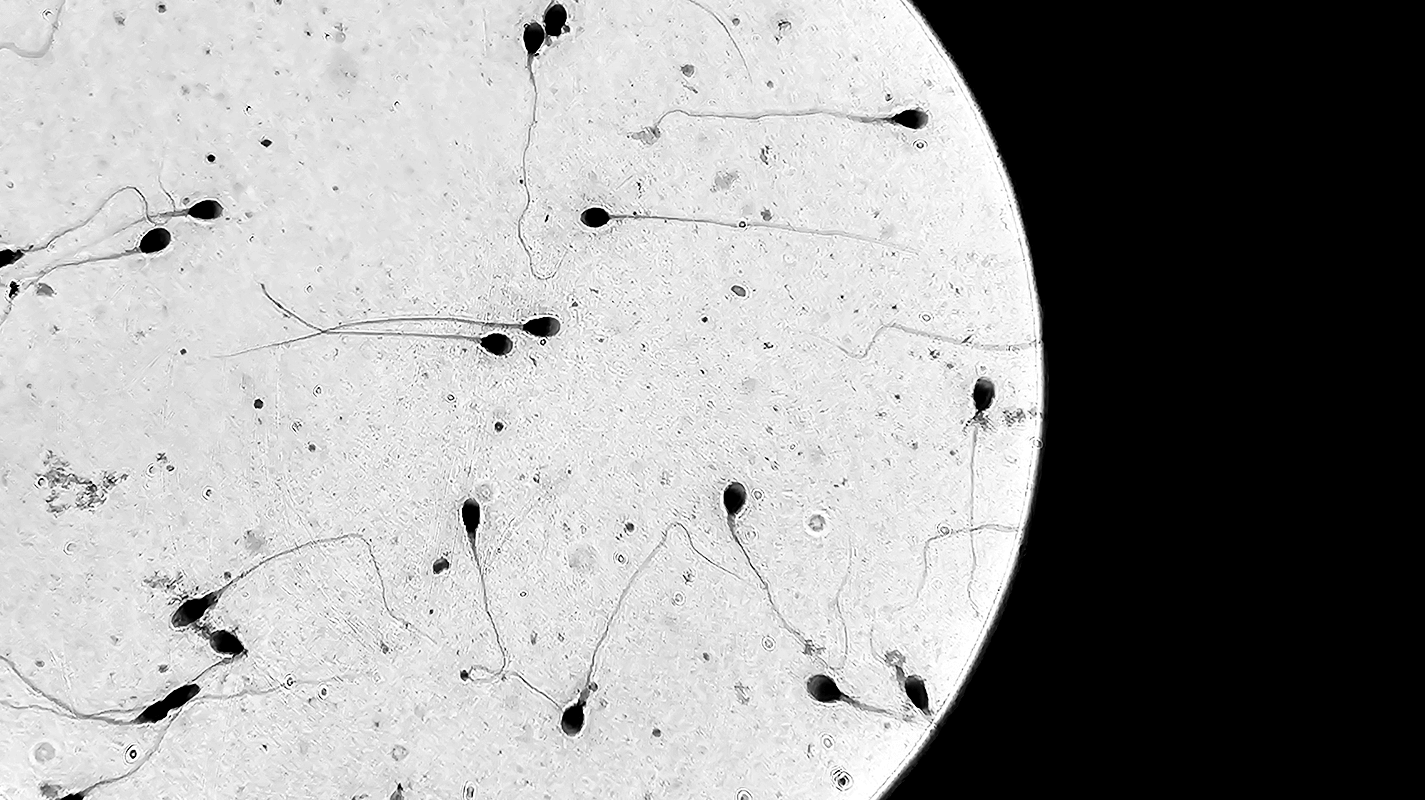Let's Define Infertility (Part 2): Gestational Loss

What is infertility? : Gestational losses
In the Part 1 In this series on infertility we talk about the first scenario: when the diagnosis is made based on the time a couple has been trying to conceive without success. In this article, we will talk about the second scenario: when the diagnosis is made after two or more consecutive pregnancy losses.
Pregnancy loss, or miscarriage, occurs more often than you think. According to the American Society for Reproductive Medicine (ASMR), between 15% and 25% of pregnancies do not end. There are even those who consider that the percentage may be higher, since there are losses that occur at very early stages, before pregnant people know that they are pregnant. However, only 5% of people experience recurrent gestational loss.
The first thing to know about any loss is that in the vast majority of cases it has nothing to do with what the pregnant person does or doesn't do: a loss is not your fault! The causes are many and are associated with the different stages of pregnancy.
Gestational losses in the first trimester
75% of losses occur at this stage and can be associated with the quality of the egg or sperm. The main reasons are twofold:
- Chromosome abnormality: When there are too many or too few chromosomes, a spontaneous abortion is common. The likelihood of this happening increases with a woman's age.
- Chemical or biochemical pregnancy: occurs before the 5th week of pregnancy, the test gives a positive result, but the embryo does not develop.
Gestational losses in the second trimester
They occur much less, and are usually not related to the quality of the egg or sperm.
- Infections: These can be caused by viruses, bacteria, or fungi. These can cause histological chorioamnionitis, an infection or inflammation in the placenta. Chorioamnionitis can also be caused by an early rupture of the amniotic sac. Another infection can be listeriosis, an infection caused by bacteria that is sometimes found in meat or in unpasteurized dairy products.
- Cervical insufficiency: Little is known about the causes of this condition, but it occurs when the cervix begins to dilate before the end of the pregnancy.
- Uterine malformations: Some malformations can impair the uterus's ability to expand and this, in turn, affects fetal development. A septal uterus can also occur, which is when a septum divides the uterus in two and, although difficult to diagnose, can be treated surgically. Another scenario is fibroids in the uterus or uterine fibroids that appear rarely and can cause loss.
- Chronic diseases: Diabetes and autoimmune disorders can affect pregnancy. In either case, the most important thing is to closely monitor the condition during pregnancy.
Gestational loss after 20 weeks
It is estimated that it occurs in only 1% of cases, and in many cases the cause is not found. But some of them can be:
- Placental problems: premature placental abruption is the most common and although it is sometimes caused by a stroke, it is usually not possible to define the reason.
- Umbilical cord problems: Very rarely can the umbilical cord become entangled or crushed at this stage. When it occurs, this prevents the fetus from receiving oxygen.
It is essential to always keep in mind the relationship between a gestational loss and fertility, since a loss does not imply another loss. The vast majority of people after a miscarriage achieve a healthy pregnancy. And, in the case of recurrent abortion, there are many treatment alternatives such as fertilization In vitro, surgeries to correct uterine malformations and there are even cases in which the right medication is enough. If you have had recurrent pregnancy losses, schedule an appointment at Integral Fertility, our fertility specialists will give you the right guidance.
Bibliography







